Introduction
If you’re looking into car soundproofing and wondering how to do sound damping in a Hyundai Tucson, this guide is just what you need. While the Tucson is widely praised for a quiet and refined cabin—even rivalling luxury rivals at highway speeds—it’s not without its quirks. Some owners have reported experiencing flapping noises from the front license plate, intermittent clicking or “ding” sounds, or rubbing or squeaking from the wheel area when over bumps. In this guide, we’ll cover the best damping sheet, walk you step-by-step through the damping process in detail, and show you exactly how to soundproof a Hyundai Tucson for maximum cabin serenity.
Common Noise Challenges in the Hyundai Tucson
Real owner experiences shed light on a few recurring acoustic issues:
-
Occasional wind-like flapping noises, often traced to the front license plate or loosely fitted trim pieces
-
Random "ding" or clicking noises inside the cabin—described like a coin dropping or coming from the rear—challenging to localize
-
Persistent squeaking or rubbing noises from the rear wheel area during turns or over rough roads
Although the Tucson remains competitively quiet when compared to other SUVs, these surface-level noises can detract from an otherwise smooth cabin experience
Why Choose Paramat Damping for Your Hyundai Tucson
Paramat offers precision-crafted damping materials tailored to address the Tucson’s NVH strengths and weak points:
-
TitanCore — Reinforces door panels and trims to eliminate rattles and reduce wind intrusion.
-
PrimeThick — Suited for dampening floor pans, wheel arches, and firewall areas to absorb road hum and structural vibration.
-
OptiSound — Targets dash backing, roof, and hatch zones to soften high-frequency cabin resonance and improve acoustic comfort.
All formulations are DIY-friendly, lightweight, and engineered to complement Tucson’s structural characteristics.
Quick Overview of the Installation
Follow this efficient 4-step process for effective soundproofing results:
-
Clean – Remove door and trim panels; wipe exposed metal surfaces thoroughly with alcohol or degreaser.
-
Cut & Fit – Accurately trim damping sheets to the shapes of doors, floorpan, wheel arches, and firewall.
-
Apply – Peel backing gradually, positioning each sheet firmly for optimal adhesion.
-
Roll – Use a roller tool to eliminate air bubbles and ensure even contact across surfaces.
A single well-installed layer per targeted zone significantly neutralizes rattles, buzz, and minor road intrusion.
Final Thoughts
You now know how to soundproof a Hyundai Tucson using the best damping sheet solutions, and you have a clear view of the damping process in detail. Strategic car soundproofing with TitanCore, PrimeThick, and OptiSound can eradicate click-dings, sheet flaps, and rubbing noises—elevating the Tucson’s quiet baseline to true serenity.


